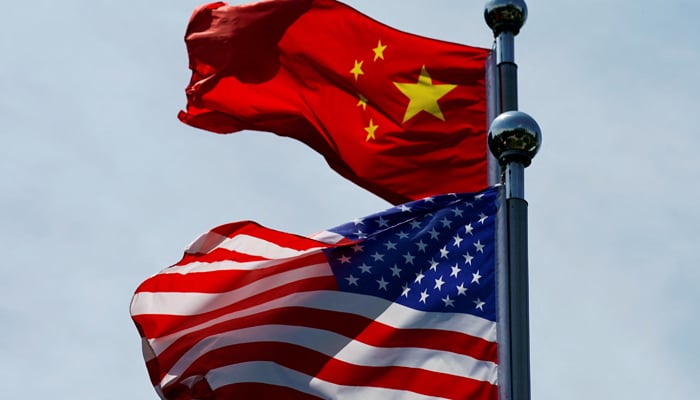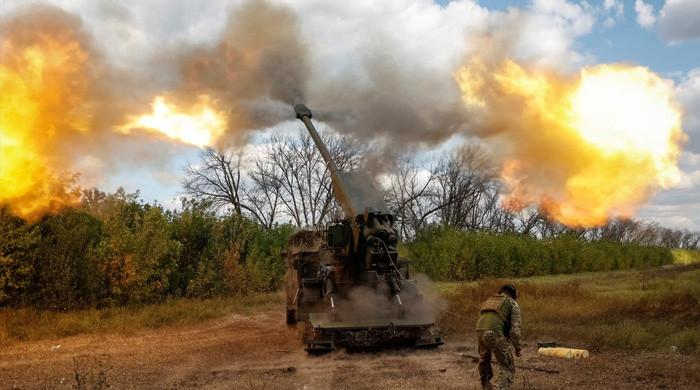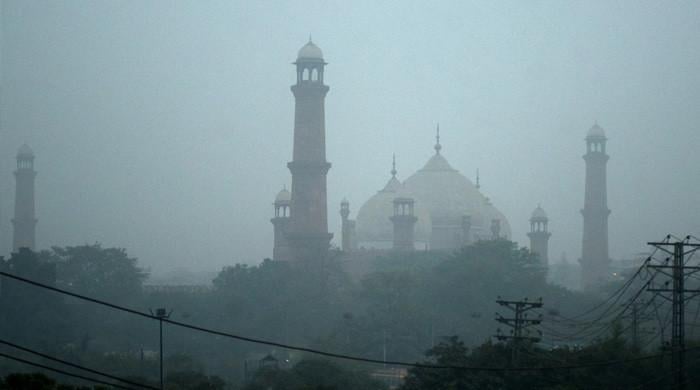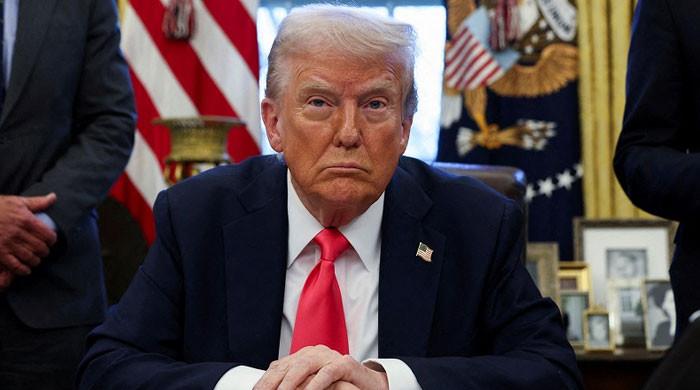Between debt and diplomacy
With every day that passes, Pakistan is forced to make difficult policy choices, often sacrificing long-term strategic autonomy for immediate infrastructural needs
February 24, 2025

Pakistan finds itself trapped in a geopolitical and fiscal quandary. Islamabad’s strategic partnership with China – once hailed as a blueprint for economic transformation – has become increasingly problematic.
Simultaneously, a shifting US policy, now clearly favouring India, has left Pakistan adrift in the great power rivalry. The grand promises of the China–Pakistan Economic Corridor (CPEC) and longstanding military ties with Beijing now mask a sobering reality of mounting debt, stalled projects, and alarming security vulnerabilities.
CPEC was once touted as the economic miracle Pakistan desperately needed – a $62 billion project to transform the Gwadar Port into a global trade hub and fuel rapid industrial growth under China’s Belt and Road Initiative (BRI).
However, the numbers tell a very different story. Over more than a decade, Pakistan has seen only about $25 billion to $30 billion in projects come to fruition, and more than 75% of that capital has been delivered as loans rather than foreign direct investment.
This discrepancy is not a mere accounting error but rather symptomatic of deeper systemic problems. Flawed project designs, bureaucratic inertia, governance failures and an unpredictable security environment have all conspired to dilute CPEC’s transformative potential.
The heavy reliance on debt financing has left Pakistan with an ever-mounting fiscal burden – most notably, an unresolved $15 billion energy-related debt that continues to restrict the nation’s economic manoeuvrability.
With every day that passes, Pakistan is forced to make difficult policy choices, often sacrificing long-term strategic autonomy for immediate infrastructural needs.
The unresolved $15 billion energy debt is not an abstract figure – it represents a tangible constraint on Pakistan’s ability to invest in its future.
With a significant portion of Chinese capital coming in the form of loans, Pakistan finds itself ensnared in a cycle of dependency. Critics argue that, while Chinese investments have spurred some infrastructural development, they have simultaneously tethered Pakistan to a debt model that could, over time, erode its fiscal sovereignty.
For a country already beset by economic challenges, the necessity of servicing these loans forces Islamabad into a precarious balancing act. Fiscal policy decisions are increasingly dictated by the need to appease creditors rather than by a vision for sustainable, independent growth. The implications are profound: reduced economic manoeuvrability today may translate into a loss of strategic autonomy tomorrow.
While economic vulnerabilities weigh heavily on Pakistan’s future, the security dimensions of its China partnership further complicate the picture.
Once heavily reliant on US arms, Pakistan has shifted its procurement towards Chinese systems. Advanced weaponry and technology from Beijing have become integral to Pakistan’s defence capabilities. Yet this cooperation now faces a dual-edged challenge.
The safety of Chinese workers in Pakistan has emerged as a critical, if underreported, issue. Disturbing media reports indicate that violence against Chinese personnel is not isolated; it is a recurring problem that disrupts project timelines, escalates costs and undermines investor confidence.
Externally, the geopolitical landscape has undergone dramatic realignment with the return of Donald Trump.
The Trump administration’s overt pro-India stance, highlighted by the recent decision to offer advanced F-35 jets to New Delhi, has sent shockwaves through Islamabad. This move is not merely about cutting-edge weaponry; it is a clear signal that in Washington’s strategic vision for South Asia, Pakistan is increasingly becoming an afterthought.
The F-35 decision provoked widespread protests in Islamabad and serves as a stark reminder of Pakistan’s diminishing leverage in the US strategic calculus.
As Washington reorients its priorities towards countering China – and by extension, bolstering India – Pakistan’s longstanding alliances are being upended.
The overt support for India reinforces the perception that Islamabad is caught in a maze of competing interests, forced to choose between its traditional ally and its critical, yet problematic, ties with Beijing.
Caught between the competing demands of Washington and Beijing, Pakistan’s foreign policy has grown erratic and opportunistic. Despite desperate overtures to the Trump administration, Islamabad has concurrently engaged with other powers. Recent moves – including hosting international naval exercises with Iranian participation and welcoming Russian officials – suggest that Pakistan is trying to hedge its bets amid intensifying US-China rivalry. While such a multipolar approach might seem pragmatic, it risks undermining Islamabad’s credibility in Washington and complicates efforts to secure the political and financial support it desperately needs.
The military dimension of Pakistan’s dilemma further compounds its challenges. Reliant on Chinese systems for modernisation, Pakistan now faces a double bind: any significant shift away from Beijing could jeopardise its defence readiness, yet continued dependency might alienate potential US allies.
As Washington increasingly tilts towards New Delhi, Pakistan’s strategic options are narrowing, forcing it to confront the uncomfortable reality that its long-held alliances may no longer serve its long-term interests.
The stakes for Pakistan have never been higher. On the one hand, the stalled promises of CPEC, coupled with crippling debt and persistent security issues, expose the limits of its economic model.
On the other hand, a rapidly shifting international landscape – marked by Trump’s pro-India pivot and an assertive US posture in South Asia – forces Islamabad to re-evaluate its strategic alignments.
What is needed now is a bold recalibration of both economic and security strategies. Pakistan must reduce its overreliance on debt financing by accelerating the completion of stalled projects and finding sustainable solutions to its energy crisis.
At the same time, it must diversify its international partnerships to regain strategic autonomy. This may involve recalibrating ties with China – ensuring that Beijing’s investments are contingent on improved security and governance measures – while simultaneously forging new alliances that offer greater flexibility and support.
Pakistan’s future hangs in the balance. The once-optimistic vision of CPEC, with its quoted $62 billion promise, has given way to a more sombre reality: only $25 billion to $30 billion of projects have materialised, most of which were delivered as loans, while an unresolved $15 billion energy debt continues to loom large.
On the international stage, a shifting US strategy – symbolised by the provision of F-35 jets to India – has left Islamabad increasingly marginalised.
As Pakistan grapples with these daunting challenges, its strategic choices in the coming years will be decisive. The country must embrace a more balanced, recalibrated approach that prioritises fiscal discipline, reduces dependency on any single external partner, and safeguards both its economic and security interests.
In an era marked by rapid geopolitical shifts and fierce global competition, the time for half-measures is over. Pakistan must act decisively to reclaim its strategic autonomy, ensure sustainable development and secure a future where its sovereignty is not sacrificed at the altar of external interests.
Disclaimer: The viewpoints expressed in this piece are the writer's own and don't necessarily reflect Geo.tv's editorial policy.
The writer is former head of Citigroup’s emerging markets investments and author of ‘The Gathering Storm’.











